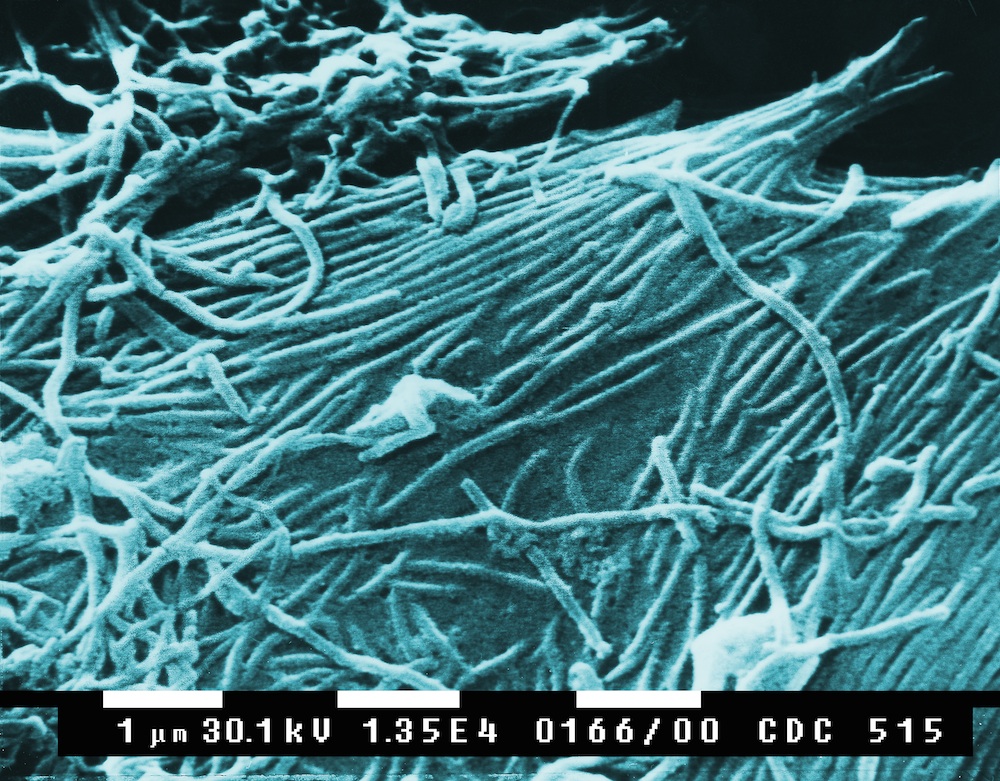Ebola Patient 'Should Not Have Traveled by Plane,' CDC Says

The second health care worker to test positive for Ebola should not have traveled on a plane from Ohio to Texas the day before she showed symptoms of the disease, the head of the Centers for Disease Control and Prevention said today.
The health care worker "should not have been allowed to travel by plane or any public transport," because she was known to be in an "exposed group" of people who treated Thomas Eric Duncan, the first person to be diagnosed with Ebola in the United States, Dr. Tom Frieden, director of the CDC, said today (Oct. 15) at a news conference.
Health officials will now ensure that all health care workers who had contact with Duncan during his care will not travel by public transportation, Frieden said. [Could Ebola Really Be the 'Next AIDS'?]
The woman in the case traveled from Cleveland to Dallas/Fort Worth on Oct. 13 on Frontier Airlines flight 1143, CDC officials said today. On Oct. 14, she developed a low-grade fever, and a preliminary test of the patient was positive for Ebola. She is being treated in isolation at Texas Health Presbyterian Hospital in Dallas.
Frieden said the risk that anyone on the flight was exposed to Ebola was "extremely low," because the patient was not showing symptoms of Ebola at the time she flew. The virus is spread through direct contact with bodily fluids, such as blood or vomit, of an infected individual.
On Sunday, the first nurse at the Dallas hospital, Nina Pham, tested positive for Ebola. Pham is now being treated at that hospital and her condition improved today, Frieden said. The second health care worker is ill, but her condition is stable, and she will be transferred to Emory University Hospital in Atlanta, a facility that previously cared for two Americans with Ebola, Frieden said.
Both heath care workers had extensive contact with Duncan at the hospital, before he was diagnosed with Ebola. In the first few days of Duncan's hospital stay, there was "variability" in the use of personal protective equipment, Frieden said. Some workers were putting on three or four layers of protection in the belief that this would be more protective, Frieden said. But this actually makes it harder to take off equipment properly, and the risk of contamination increases, he said.
Get the world’s most fascinating discoveries delivered straight to your inbox.
The second health care worker flew from Dallas to Cleveland on Oct. 10, before the first case of Ebola in a health care worker was known, and before health officials started to formally monitor workers who had contact with Duncan.
Follow Rachael Rettner @RachaelRettner. Follow Live Science @livescience, Facebook & Google+. Original article on Live Science

Rachael is a Live Science contributor, and was a former channel editor and senior writer for Live Science between 2010 and 2022. She has a master's degree in journalism from New York University's Science, Health and Environmental Reporting Program. She also holds a B.S. in molecular biology and an M.S. in biology from the University of California, San Diego. Her work has appeared in Scienceline, The Washington Post and Scientific American.


